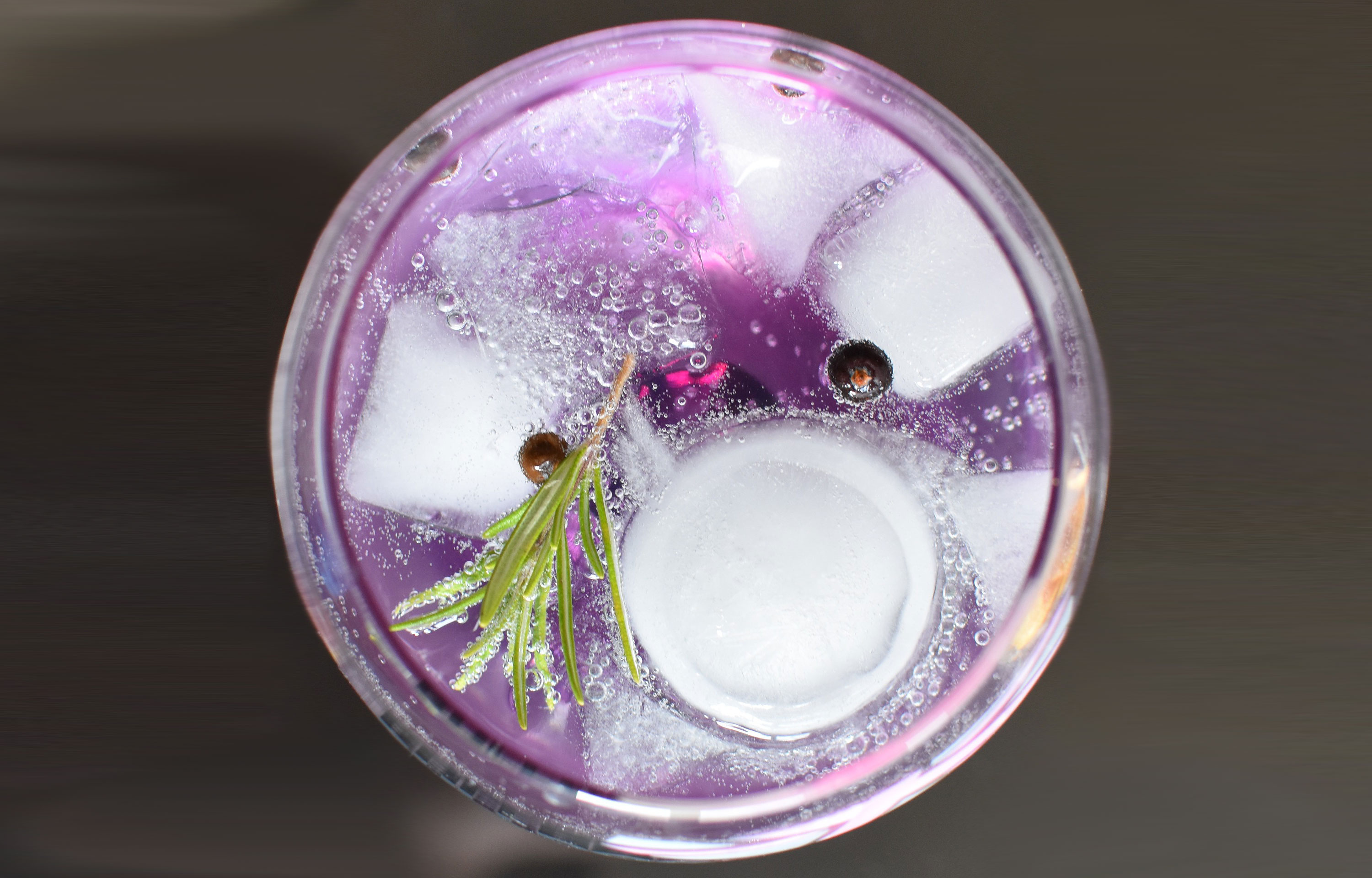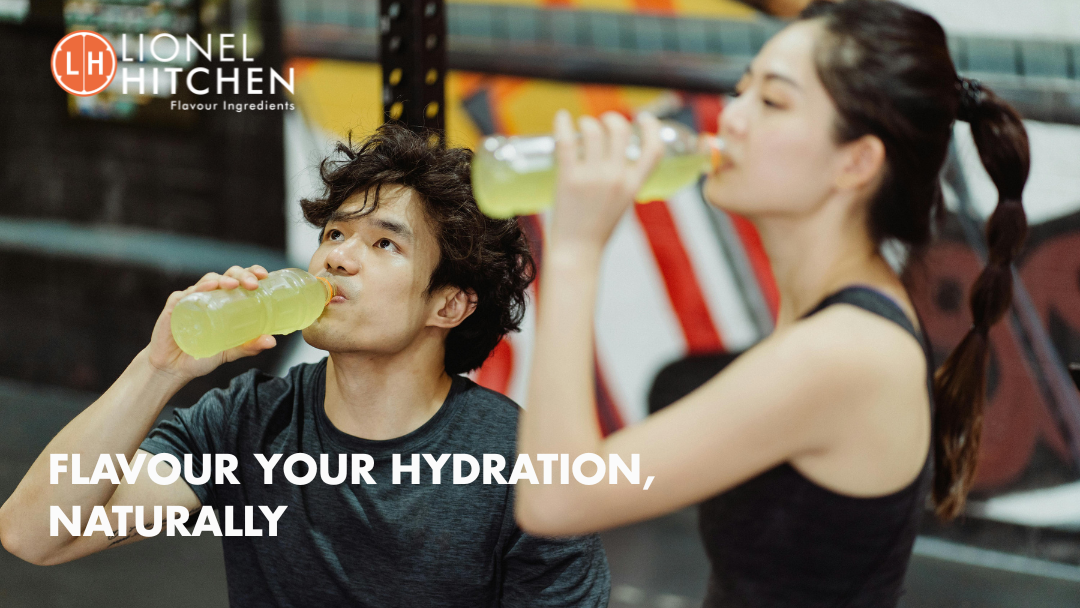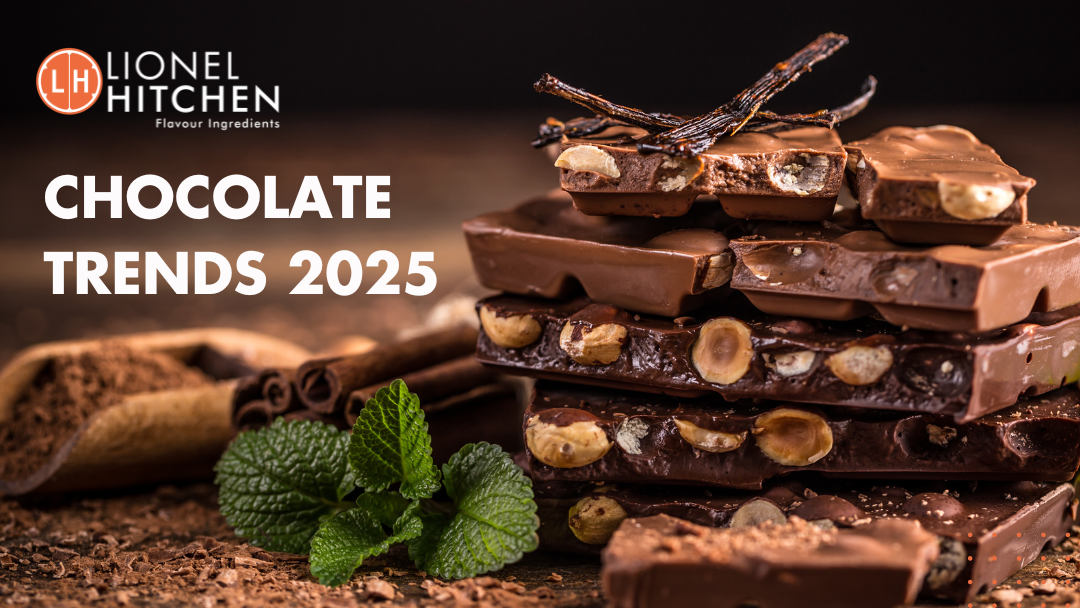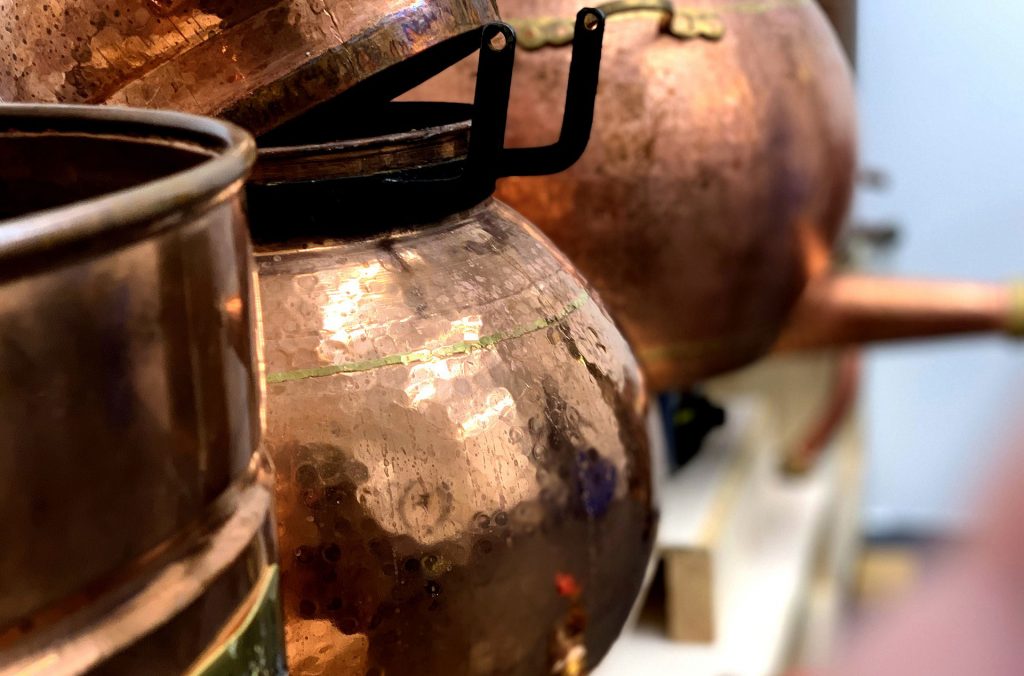 How it started – the ‘Gin Craze’
How it started – the ‘Gin Craze’
When William of Orange became king of England in the late 1600s, he brought with him the idea of ‘genever’; the national spirit of Holland and Belgium, flavoured predominantly with juniper berries. This was the beginning of what is now known as the ‘Gin Craze’. Due to the ease of production of gin and the lowered taxes that surrounded it, by 1730 an estimated 7,000 gin shops in the UK were catering to the booming trade. Gin began to gain itself a bad reputation along with the nickname ‘Mother’s Ruin’. In response to this came the 1751 Gin Act, which led to gin no longer being sold in small gin shops.
In 2009, after a change in legislation that allowed for craft gin makers to enter the spirits market again, Sipsmith became the first copper-pot based distillery to start up in London in over 180 years [1]. This created a new wave of exciting and fresh products, as smaller breweries began popping up all over the country, starting a whole new craze for gin.
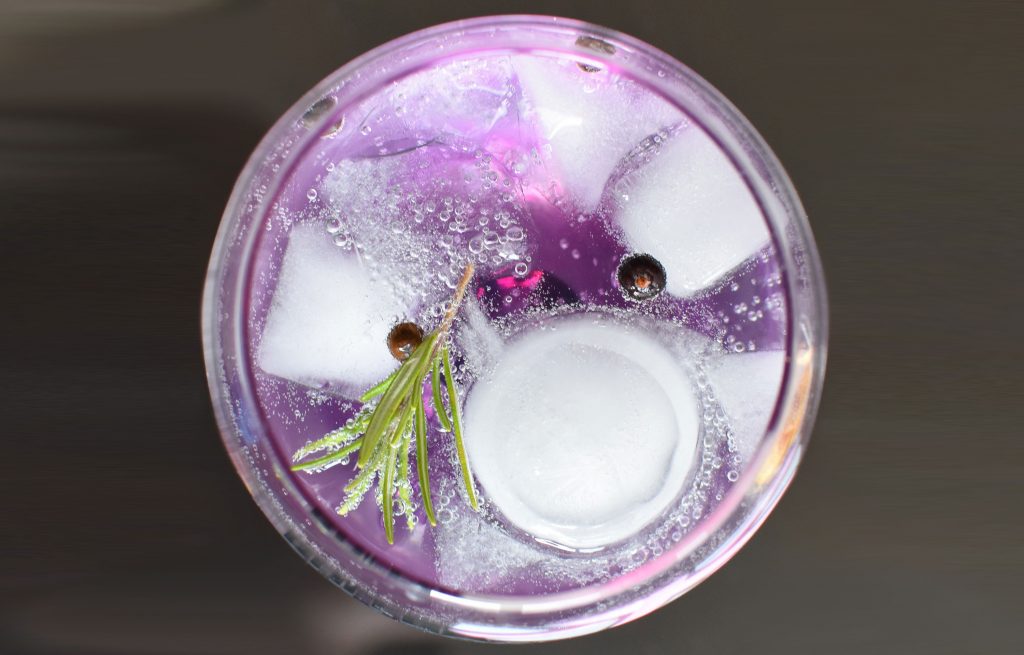 The infusions botanical boom
The infusions botanical boom
The current craft gin trend has instigated an enormous rise in the popularity of botanicals – the natural elements that offer their flavours to the spirit.
Botanicals provide complex flavours that add new dimensions and depth to alcoholic beverages, premium mixers, soft drinks and food.
Key botanicals used in gin are juniper, coriander seeds, lemon peel and cardamom, but these botanical flavours aren’t only limited to alcoholic beverages. As the plant-based movement progresses it is beginning to make its way from the plate and into the glass, shining a spotlight on natural and low sugar flavours within beverages, alcoholic and non-alcoholic alike.
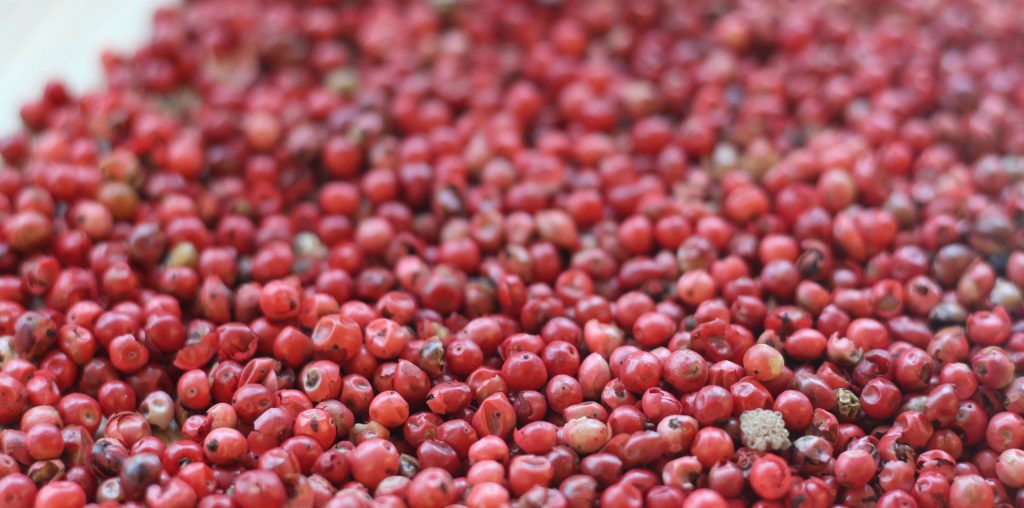 Flavoured tonic waters are seeing a rise in popularity, able to be enjoyed as a premium mixer or on their own as a flavourful alcohol-free beverage. Flavours such as pink peppercorn, with it’s resinous, pinene quality, pair very well with juniper – the base flavour in gin.
Flavoured tonic waters are seeing a rise in popularity, able to be enjoyed as a premium mixer or on their own as a flavourful alcohol-free beverage. Flavours such as pink peppercorn, with it’s resinous, pinene quality, pair very well with juniper – the base flavour in gin.
Health and wellness trends impact the botanical infusions market
The ancient connotations of wellness associated with botanicals has also served to boost their popularity, with long standing flavours such as that of ginger making the transfer over from food to beverages in recent years. Ginger, part of the zingiberaceae botanical family, turmeric and cardamom, are all versatile, high quality and natural ingredients, perfect to deliver a spicy punch to soft drinks.
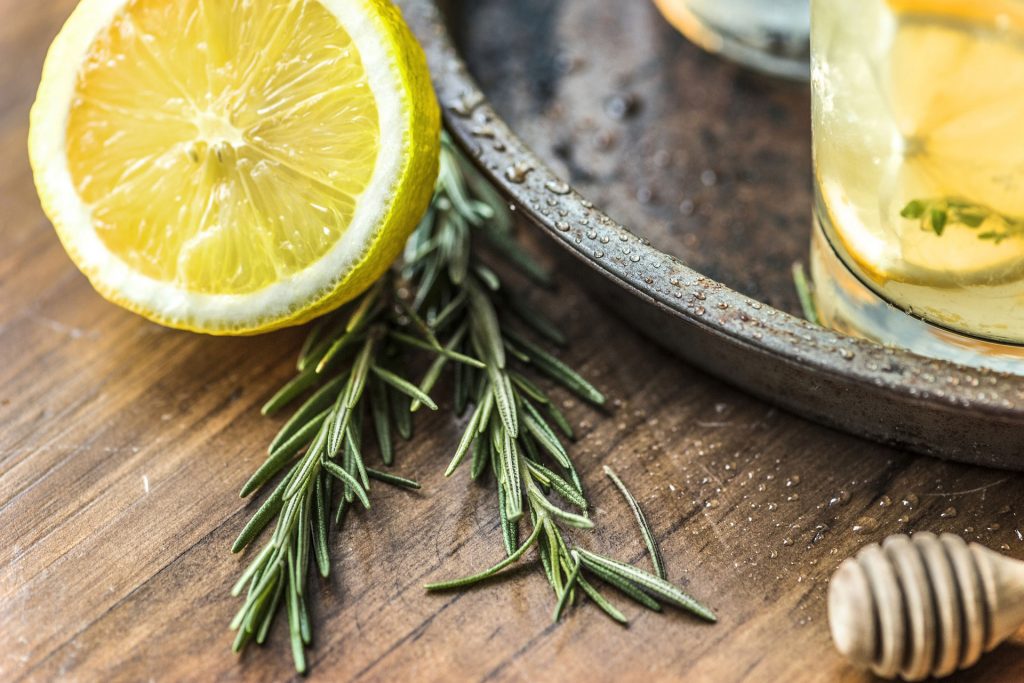 Alcohol-free botanical infusions
Alcohol-free botanical infusions
Consumers are looking for premium, adult soft drinks, made from high quality natural ingredients. A recent decrease in alcohol popularity sees the lowest levels of alcohol consumption in 18 years, where sales of no and low alcohol spirits and alcohol-free beers are soaring by 87% [2]. The Food People have identified rosemary as a big trend for this year within the sweet kitchen, where the aromatic herby flavour brings a depth to products that helps to bring an adult feel to the beverage – even if it is alcohol-free.
Our ‘Infusions Range‘ offer an excellent means to add natural, consistent and concentrated flavour to many beverage applications, including; Juices, carbonated soft drinks, tonic water, premium mixers, coconut water, non-dairy milks and concentrated cordials.
References
[1] Sipsmith Gin & distillery review, Gin Foundry: http://www.ginfoundry.com/gin/sipsmith-gin/
[2] 14 best alcohol-free drinks, Independent: https://www.independent.co.uk/extras/indybest/food-drink/best-alcohol-free-drinks-gin-beer-wine-champagne-low-a8116346.html


